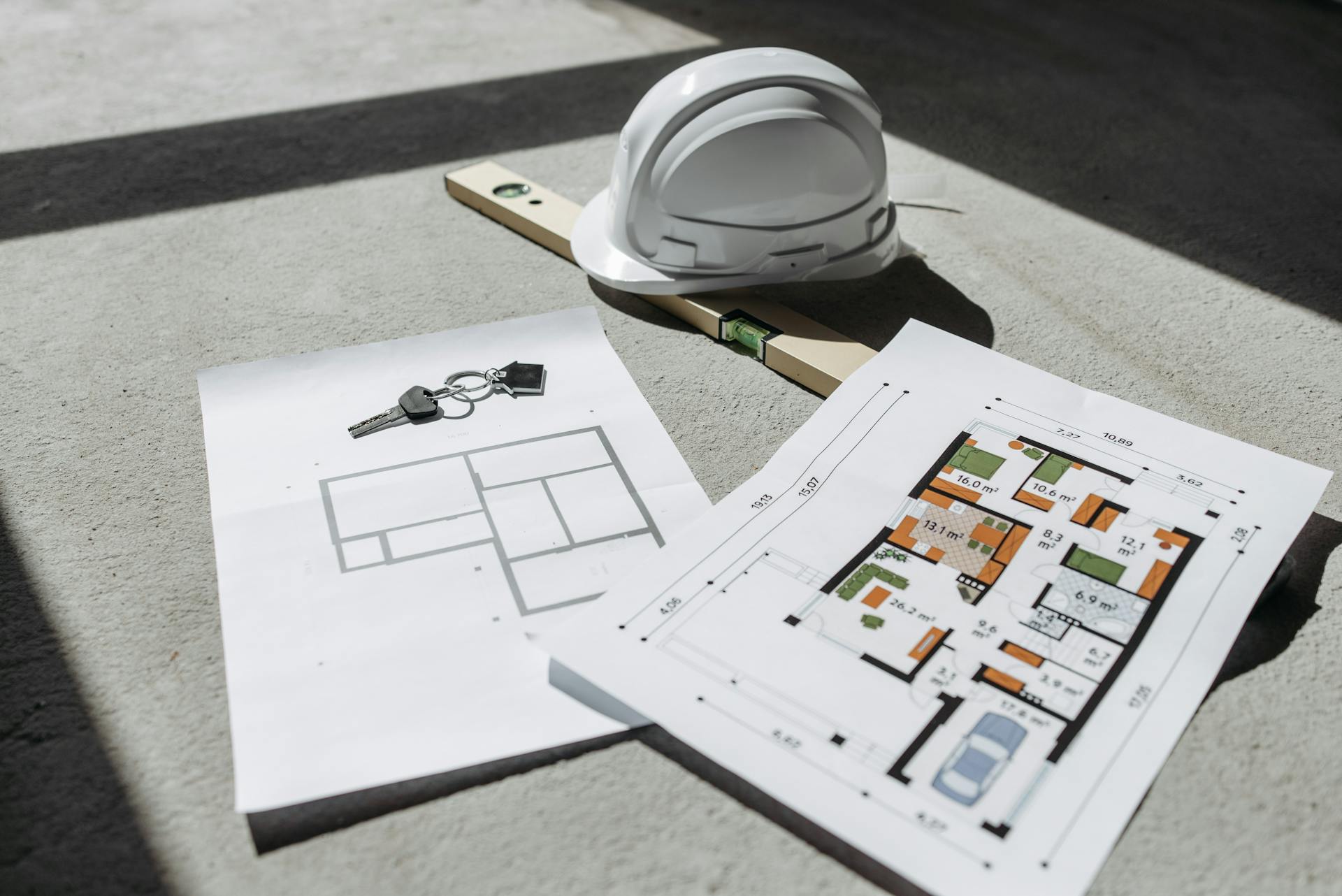Published on 28 Oct 2025
There's a magical moment in every family's life when the walls of the house seem to start closing in.
The kids' toys have claimed the living room, your partner's work-from-home setup is spilling onto the dining table, and you're dreaming of a quiet corner just to read a book.
The solution? More space. But when it comes to adding precious square meterage in South Africa, you can think out the box. Do you only consider a traditional brick extension or embrace the light with a conservatory or sunroom?
This isn't just an aesthetic choice; it's a financial and practical one that will shape your family life for years to come. Lew Geffen Sotheby's Internation Realty helps you pull back the curtain on the costs, the construction time, and most importantly-how to transform this new space into a harmonious, multi-functional haven for everyone.
Sun Room Prices and Build Time
A modern conservatory or sunroom is a far cry from the draughty structures of the past. Today, they are sophisticated, highly insulated spaces designed for year-round living, perfectly suited to the South African climate.
This is generally the more budget-friendly entry point between the two build options, but the range is vast. For a basic, small aluminium and glass structure, you might be looking at a starting point of R80 000. A medium-sized, good-quality system with better thermal breaks and glass can range from R150 000 to R350 000. If you're thinking deluxe ballroom-size, though, set aside anything from R500 000 to R800 000 depending on add-ons like laminated glass, automated louvers and a solid tiled roof. Costs will vary enormously based on the materials, size, glazing quality, and finishes you choose.
Time-wise, a sun room is a much faster build than going brick and mortar. Once municipal approval (if required) is secured, a sunroom can often be erected in three to eight weeks. This is because many are supplied as kit-like systems, manufactured off-site and assembled quickly by a specialist team.
This means less disruption to your home and family life.

The Brick Build Option
A single-storey brick extension is built to match the existing structure of your house, creating a fully integrated new room.
This will be a more expensive option because labour and material costs will be higher. A modest single-storey extension (e.g., 4m x 4m) will likely start at around R 250 000. A more standard, comfortable size with mid-range finishes typically falls into the R 400 000 to R800 000 bracket. For larger extensions, high-end finishes (like underfloor heating, large-format tiles, or bespoke cabinetry), or complex structural work, the cost can quickly soar to R1.2 million and beyond. As with sunrooms, the final cost is highly dependent on the quality of materials, finishes, and the current market rates for building supplies and labour.
Going with a new brick family room will take patience. First there's getting building plans passed by the local authorities. After that, there's a lot of labour from groundwork and foundations to plastering and final touches, so expect the process to take at best three months, at worst very long if there's a hold-up with the plans. There's also a lot more disruption during the construction phase - noise, dust and extended periods with strangers on your property.
Deciding Factors
Think seriously about going the sun room route.
Conservatories are still fairly novel in South Africa, so buyers love them and they'll more than pay for themselves with return on investment when the time comes to sell. They also suit the climate, they re bright and flexible, go up fast, they're far more budget-friendly and they're the perfect transition between the indoors and outdoors.
A brick extension is the right choice if your primary goal is to create a completely integrated room - like a new bedroom, a dark home theatre, or a kitchen expansion-where matching the existing house is paramount, and the "indoor" feel is desired. But for a versatile family room that celebrates the South African lifestyle? The sunroom wins.
Crafting Your Multi-Use Family Sanctuary
Whichever route you choose, the real magic happens in the interior design. The goal is to create a space that doesn't become a "sometimes" room or a dumping ground, but the beating heart of the home. Here's how to design it for harmony, flexibility, and year-round use.
Climate Control for Year-Round Harmony
This is non-negotiable, especially for a sun room.
Professionally fitted blinds are a good option and canvas roller blinds are great for blocking harsh sun, while timber Venetian blinds offer light control and style plus a warm ambience. For a premium solution, external awnings are incredibly effective.
Ventilation is also a crucial design feature. Ensure there are opening windows and consider a ceiling fan or roof vents to create a cooling breeze in summer.
The Final Touch
Your new extension is more than just bricks and mortar - or glass and aluminium. It's an investment in your family's wellbeing. By carefully considering the practicalities upfront and designing with flexibility and smart storage in mind, you can create a space that grows with your family, reduces daily stress, and becomes the sunny, peaceful sanctuary you've always dreamed of. Happy building!
Comments